Tour a simple Brazilian forest retreat that's designed to dissolve into the trees
This humble vacation home by Arkitito Arquitetura was built to withstand weather — and errant pinecones
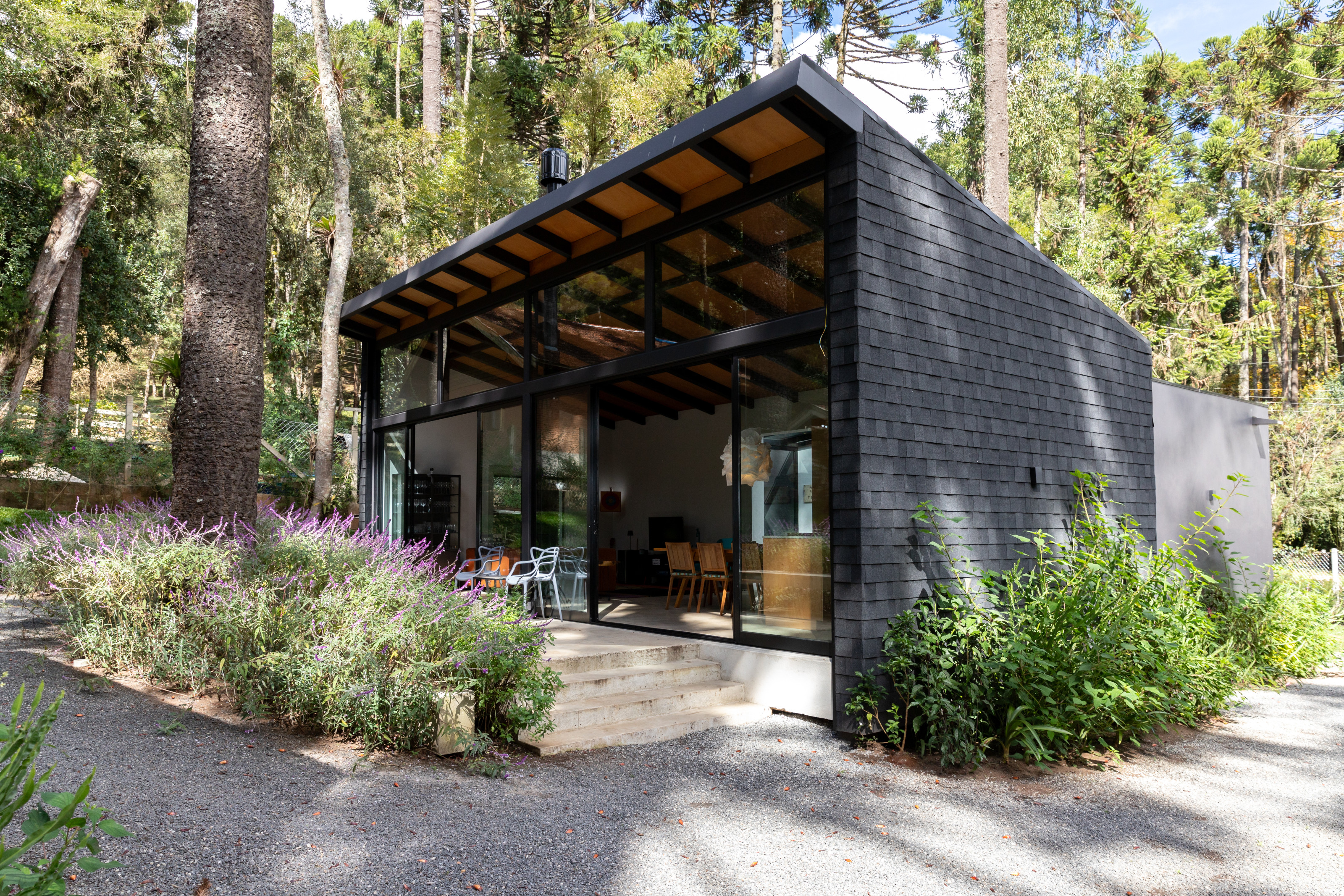
This new forest retreat by Arkitito Arquitetura is a response to a client’s desire to be immersed in the landscape and vegetation of the municipality of Campos do Jordão, in the heart of the Mantiqueira Mountains in the south-east of Brazil. Covering a modest 176 sq m, the Araucarias House consists of two independent structures, a main house and a separate guest house, united by a shared terrace that flows between the two offset buildings.
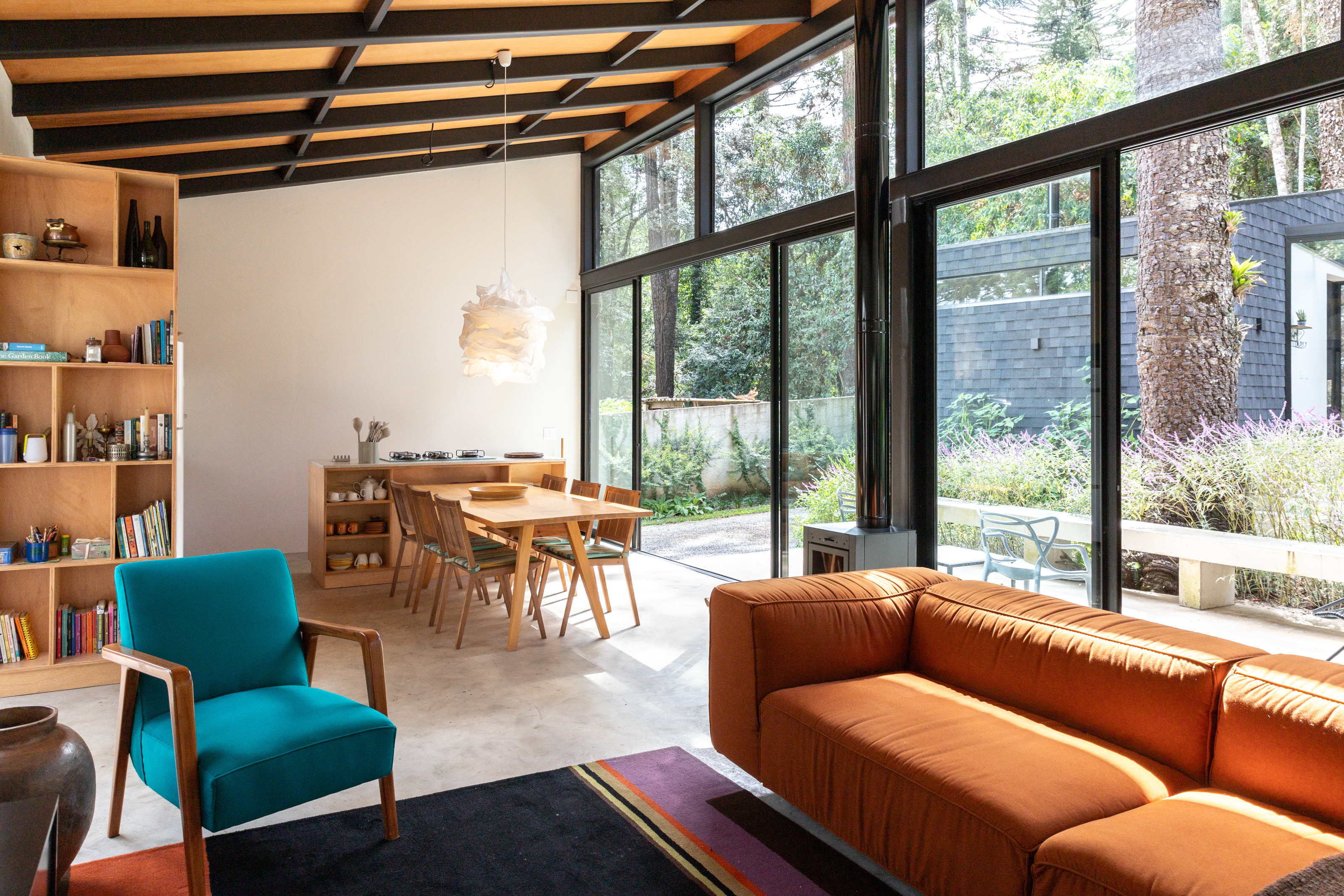
The living room of the main house looks across to the guest house
The principal house is subdivided into two components, connected by a glazed central entrance hallway. To the south, two compact bedrooms and a bathroom, while to the north is a large kitchen/diner and sitting area, opening out onto a deck. To the north of this lies the smaller guest house, a curved structure comprising of a two-bedroom sleeping wing and a compact kitchen/diner with a high, mono-pitched roof.
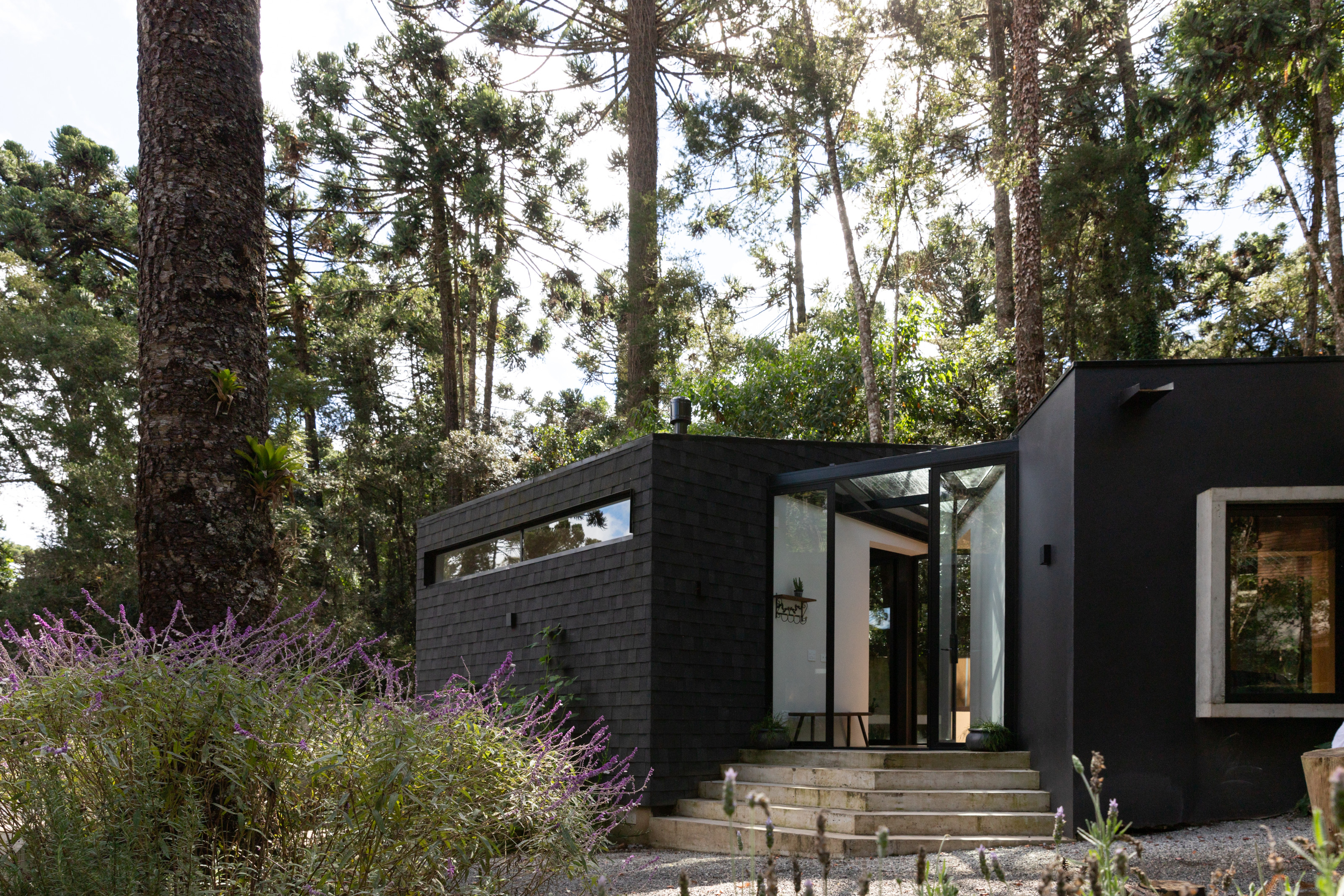
The guest house at the Araucarias House
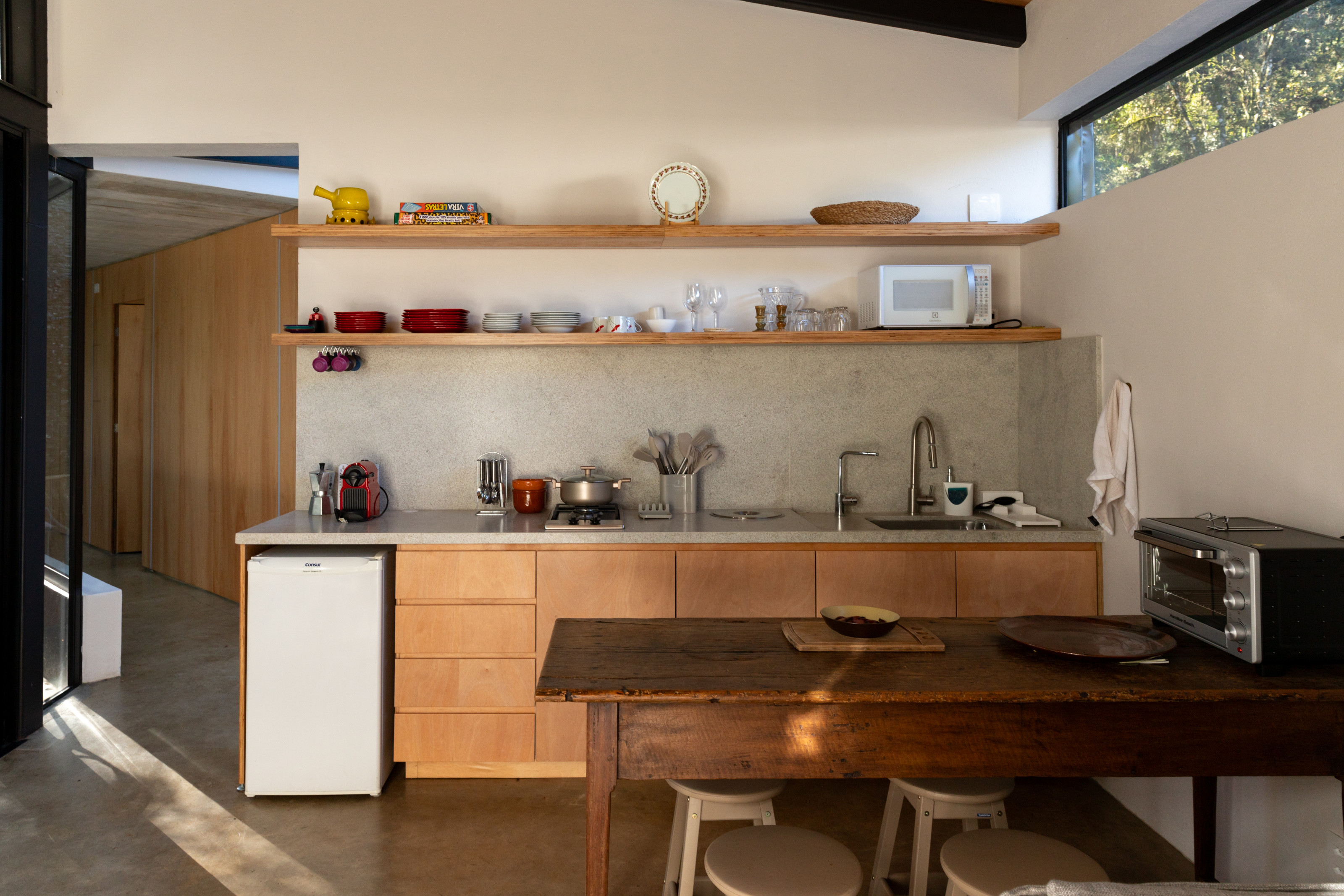
Inside the guest house living and dining room, with the bedroom corridor beyond
The site slopes gently and the structures are elevated on shallow columns to preserve the contours. Both houses are aligned in order to preserve existing trees – the Araucarias pines that give the house its name - and make the best of the views across the site, whilst preserving the privacy of the outlook from the bedrooms.
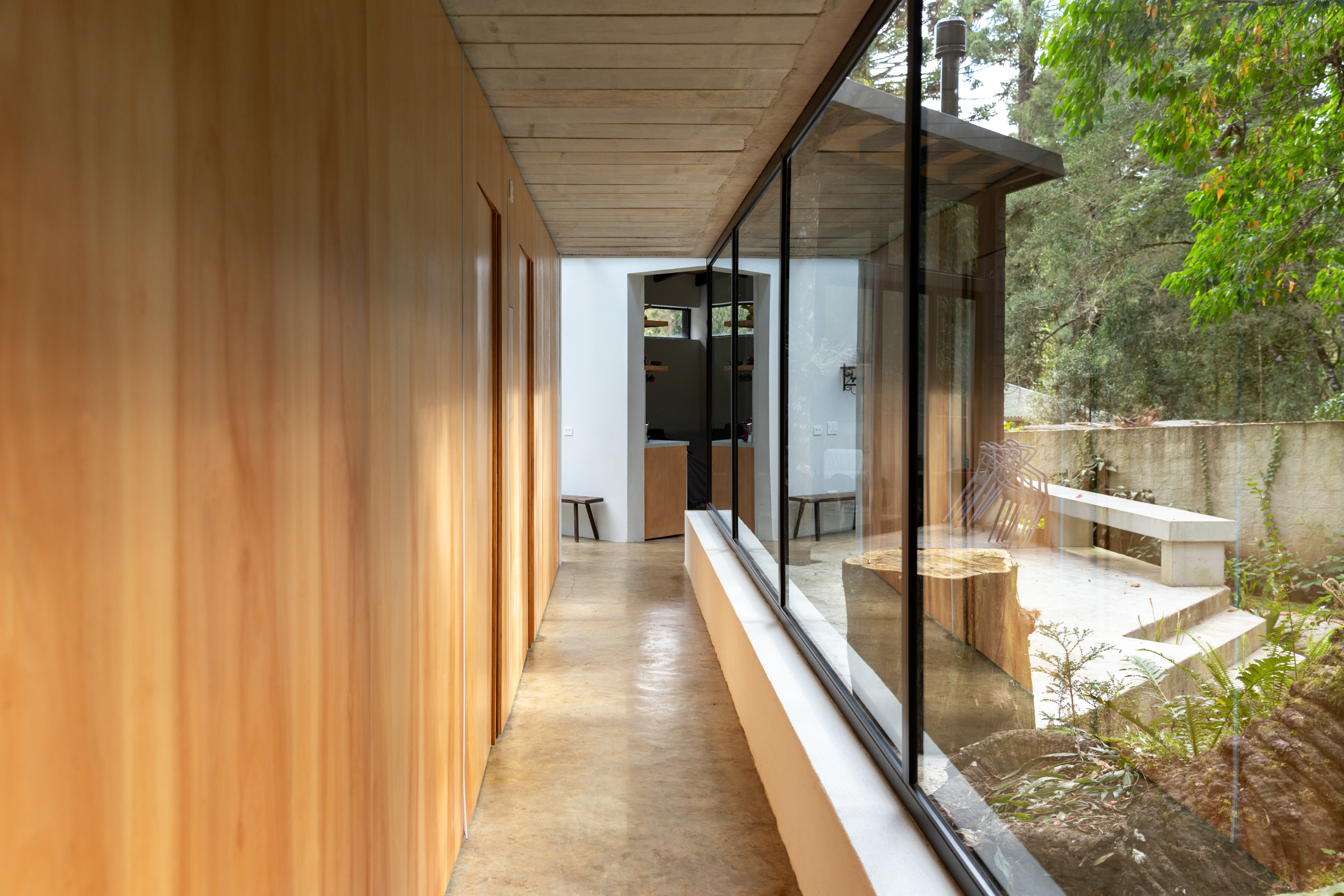
The timber clad bedroom corridor in the guest house
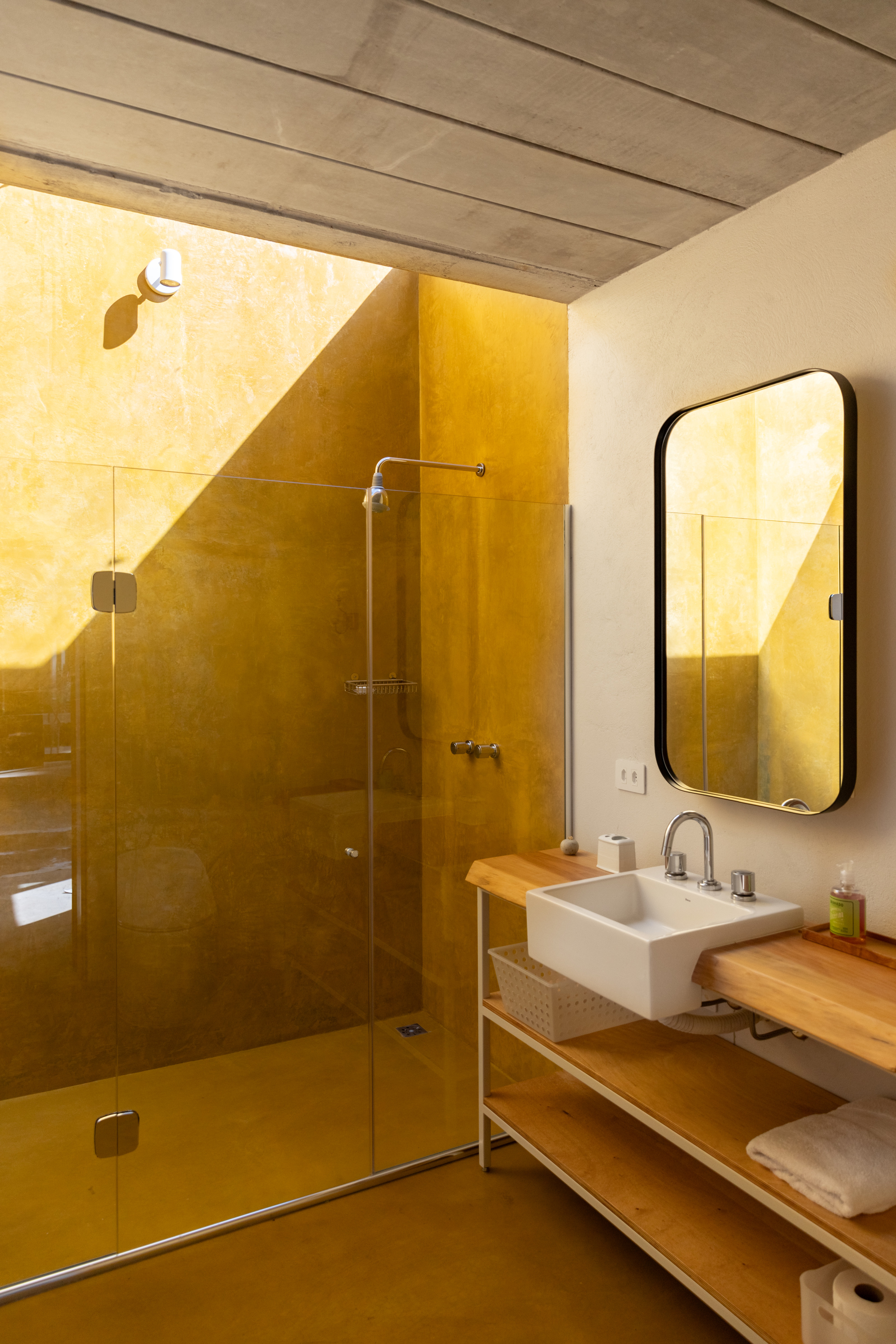
The bathroom in the main house
Raising the houses above the plot also helps shield the structures from ground moisture – the temperatures here can vary between cold and humid, especially with high annual rainfall. A variety of roofings were deployed to minimise maintenance requirements and make the most of thermal insulation. Shingle-clad siding provides easy upkeep and withstands changes in temperature.
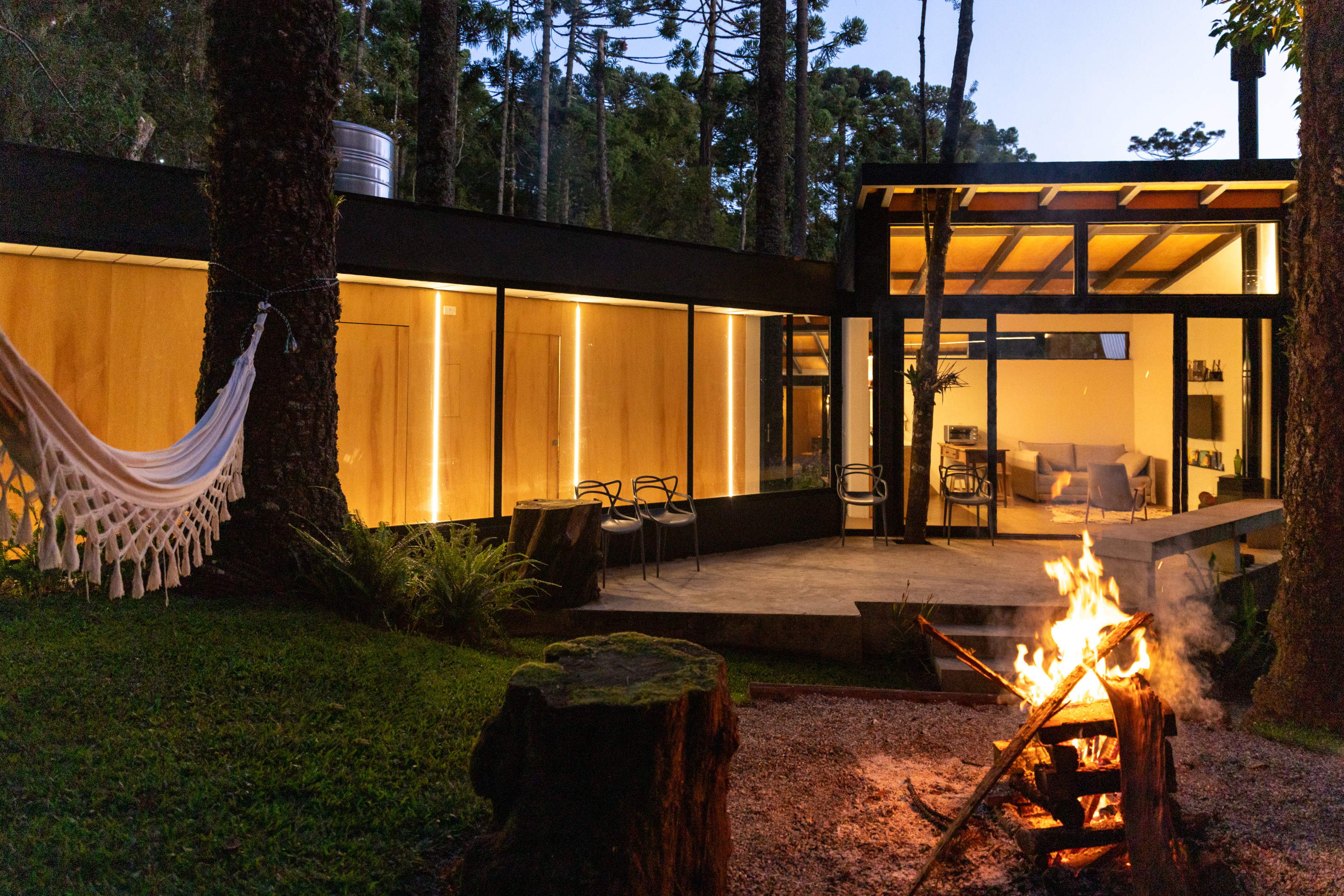
Evening view of the guest house terrace
Poured and polished concrete floors tone with the concrete steps, terraces and benches on the exterior, with broad concrete window frames on the interior easing the transition between inside and out. The ethos is low maintenance and robust, as befits a house designed for occasional use and holiday rental. Interior walls are rough plastered and painted white. Attention to details extends to the bathroom skylights, which have specially hardened glass in order to withstand falling pinecones.
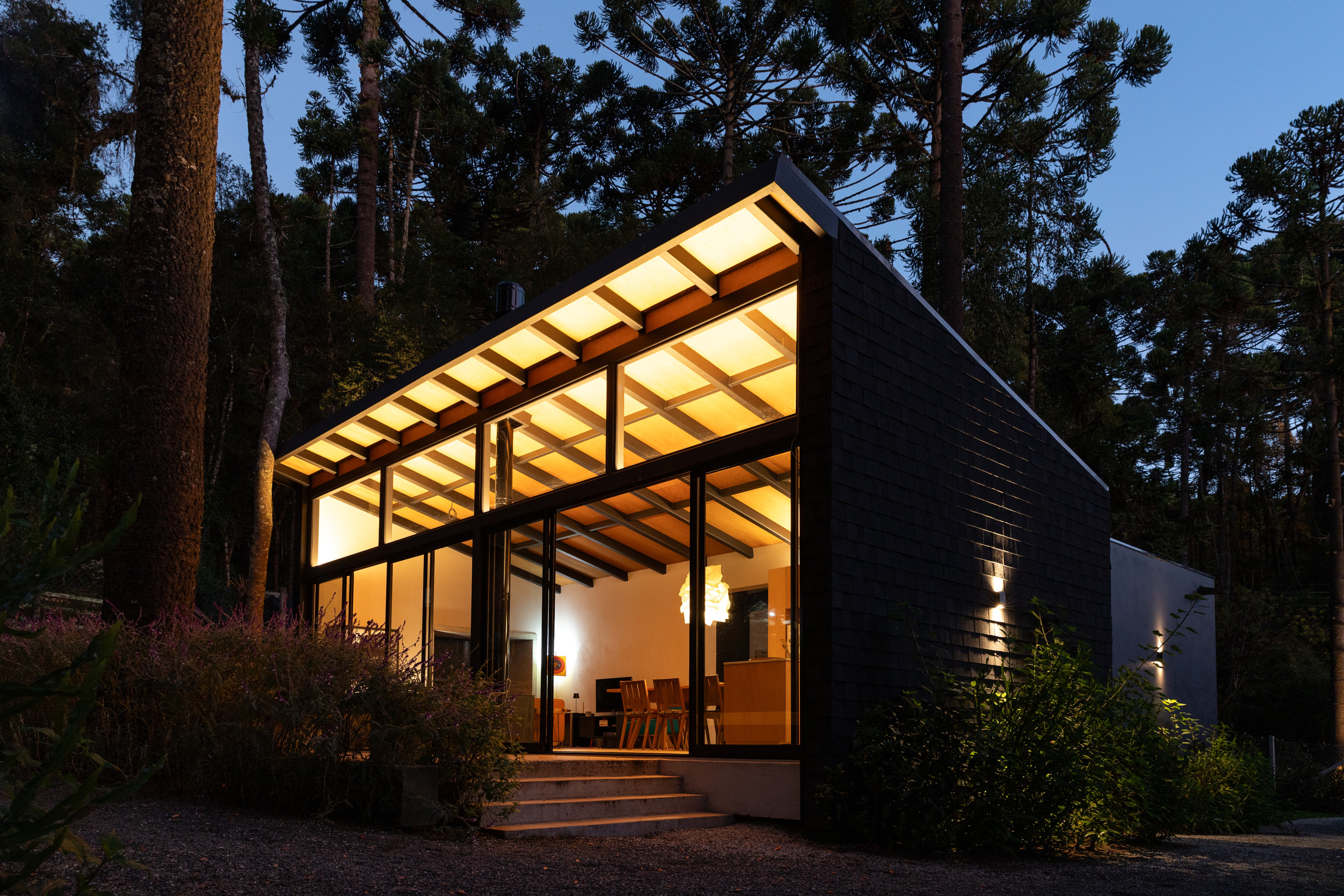
The main house, with its double-height living area
The design team utilised marine plywood, known for its stability in humid climates. Bespoke elements include the kitchen, shelves and storage, as well as the long timber-clad guest house bedroom corridor.
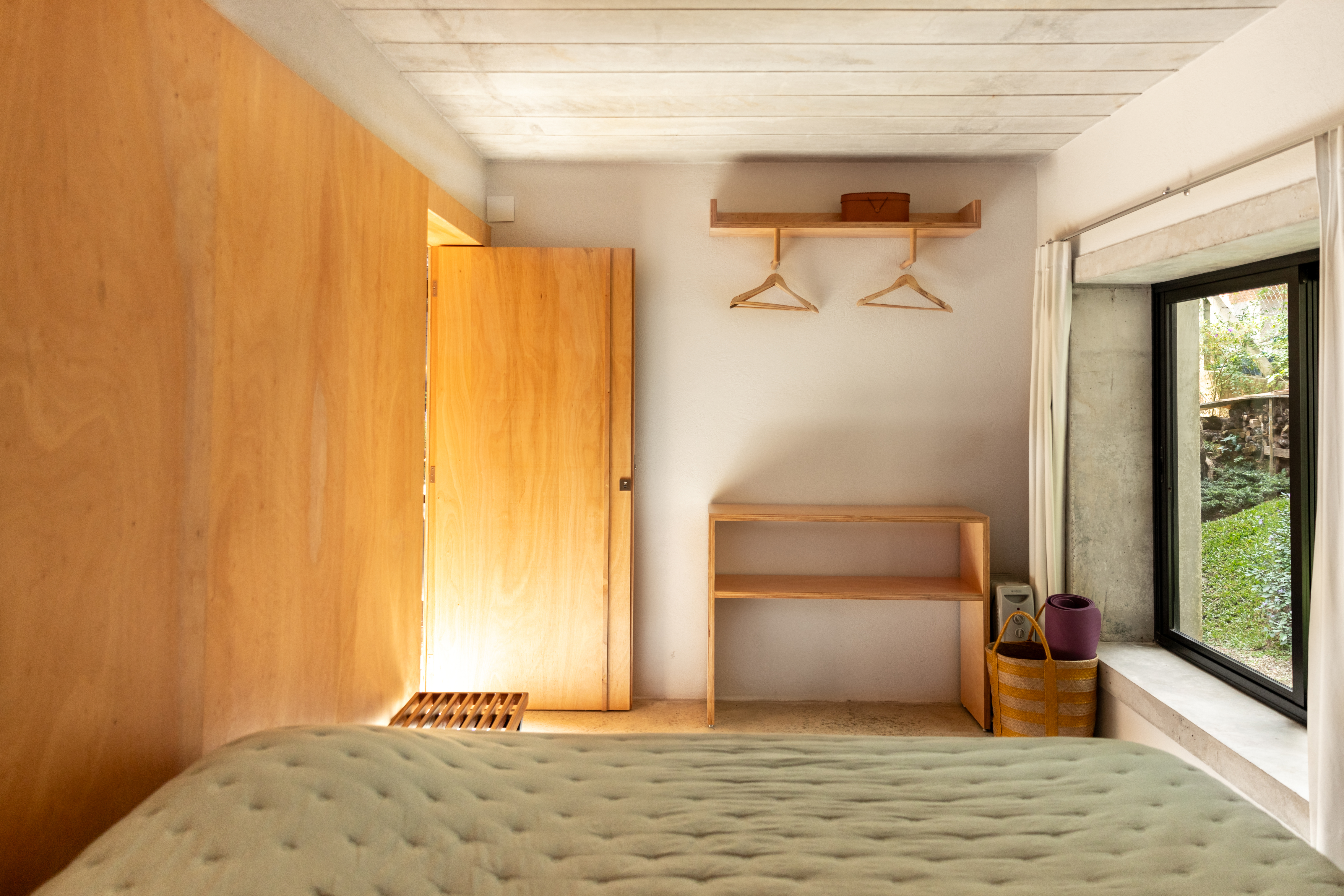
A bedroom in the main house, showing the concrete window frames and minimally designed joinery
Exterior landscaping is modest and confined only to the terraced areas. The rest of the plot has been left natural to encourage native flora and fauna to encroach on the surroundings as much as possible.
Receive our daily digest of inspiration, escapism and design stories from around the world direct to your inbox.
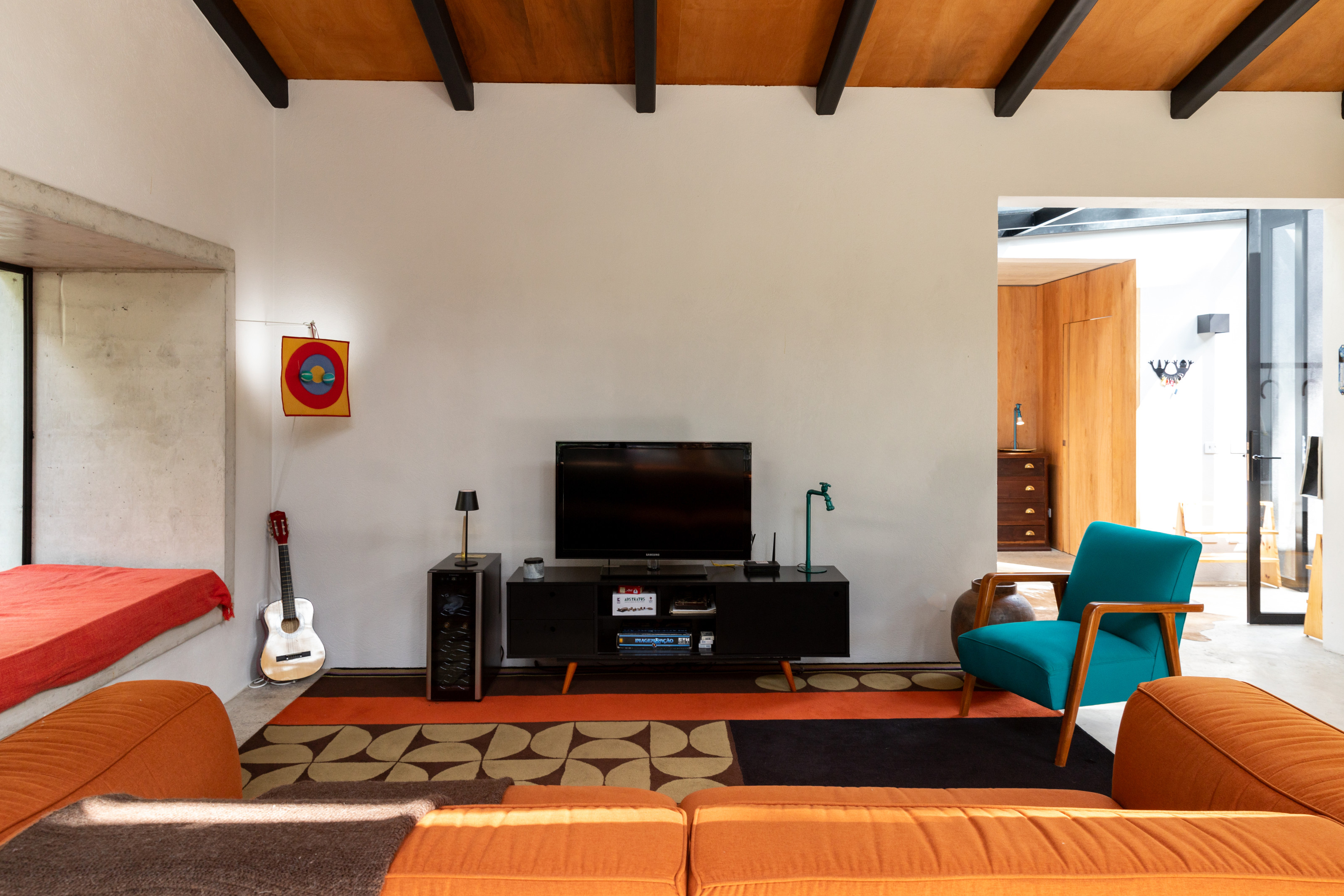
The living room in the main house, looking past the glazed link at left to the bedrooms beyond
Jonathan Bell has written for Wallpaper* magazine since 1999, covering everything from architecture and transport design to books, tech and graphic design. He is now the magazine’s Transport and Technology Editor. Jonathan has written and edited 15 books, including Concept Car Design, 21st Century House, and The New Modern House. He is also the host of Wallpaper’s first podcast.
-
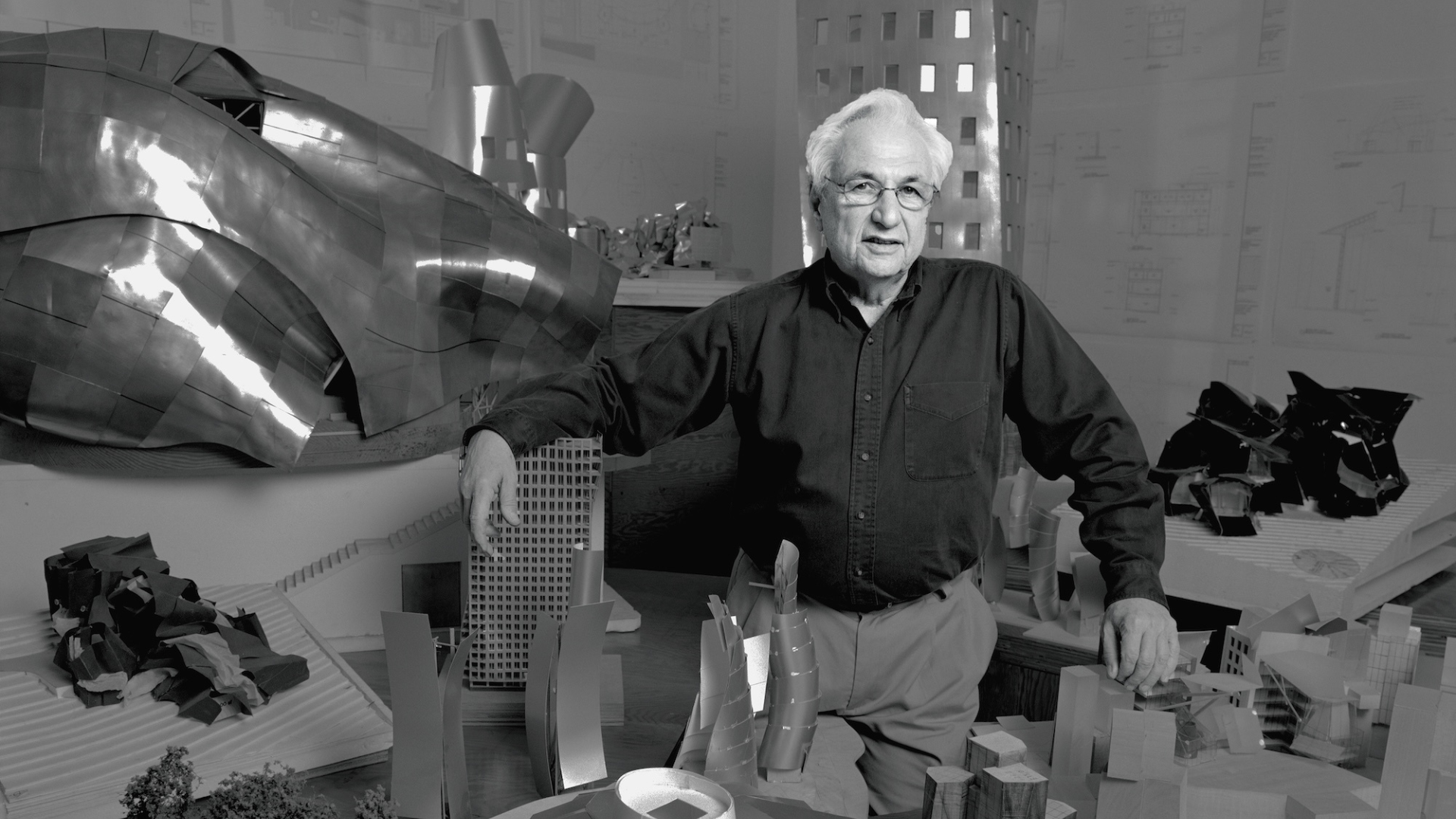 Remembering Frank Gehry, a titan of architecture and a brilliant human being
Remembering Frank Gehry, a titan of architecture and a brilliant human beingLong-time Wallpaper* contributor Michael Webb reflects on the legacy of the Los Angeles architect, who died today at age 96
-
 Lexus finally confirms the name of its all-electric LFA Concept supercar
Lexus finally confirms the name of its all-electric LFA Concept supercarStill designated a design study, the Lexus LFA Concept should be the successor to the most unlikely of all 20th-century supercars
-
 King of cashmere Brunello Cucinelli on his new biographical docu-drama: ‘This is my testimony’
King of cashmere Brunello Cucinelli on his new biographical docu-drama: ‘This is my testimony’Directed by Cinema Paradiso’s Giuseppe Tornatore, ‘Brunello: the Gracious Visionary’ premiered in cinematic fashion at Rome’s Cinecittà studios last night, charting the meteoric rise of the deep-thinking Italian designer
-
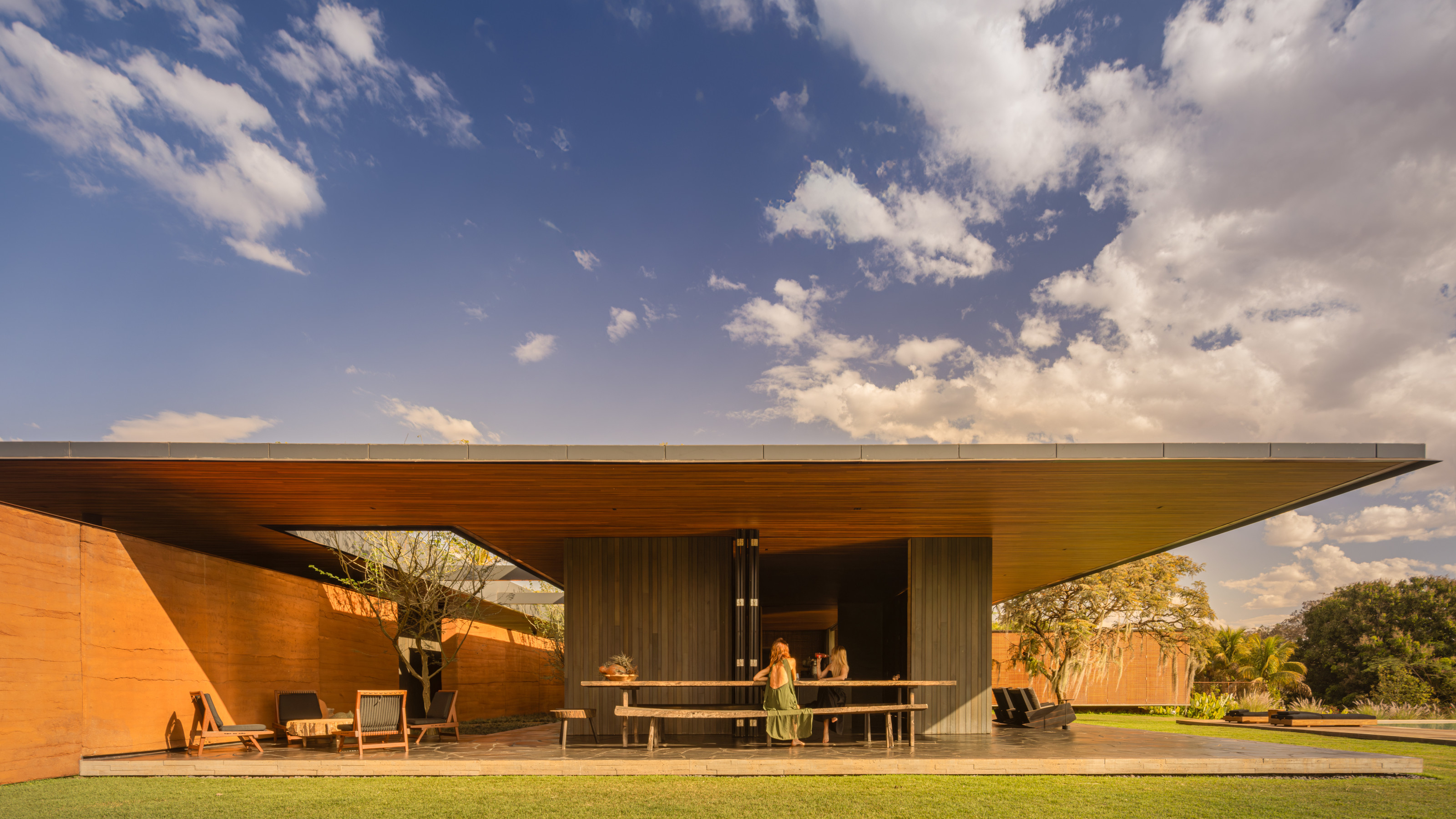 A spectacular new Brazilian house in Triângulo Mineiro revels in the luxury of space
A spectacular new Brazilian house in Triângulo Mineiro revels in the luxury of spaceCasa Muxarabi takes its name from the lattice walls that create ever-changing patterns of light across its generously scaled interiors
-
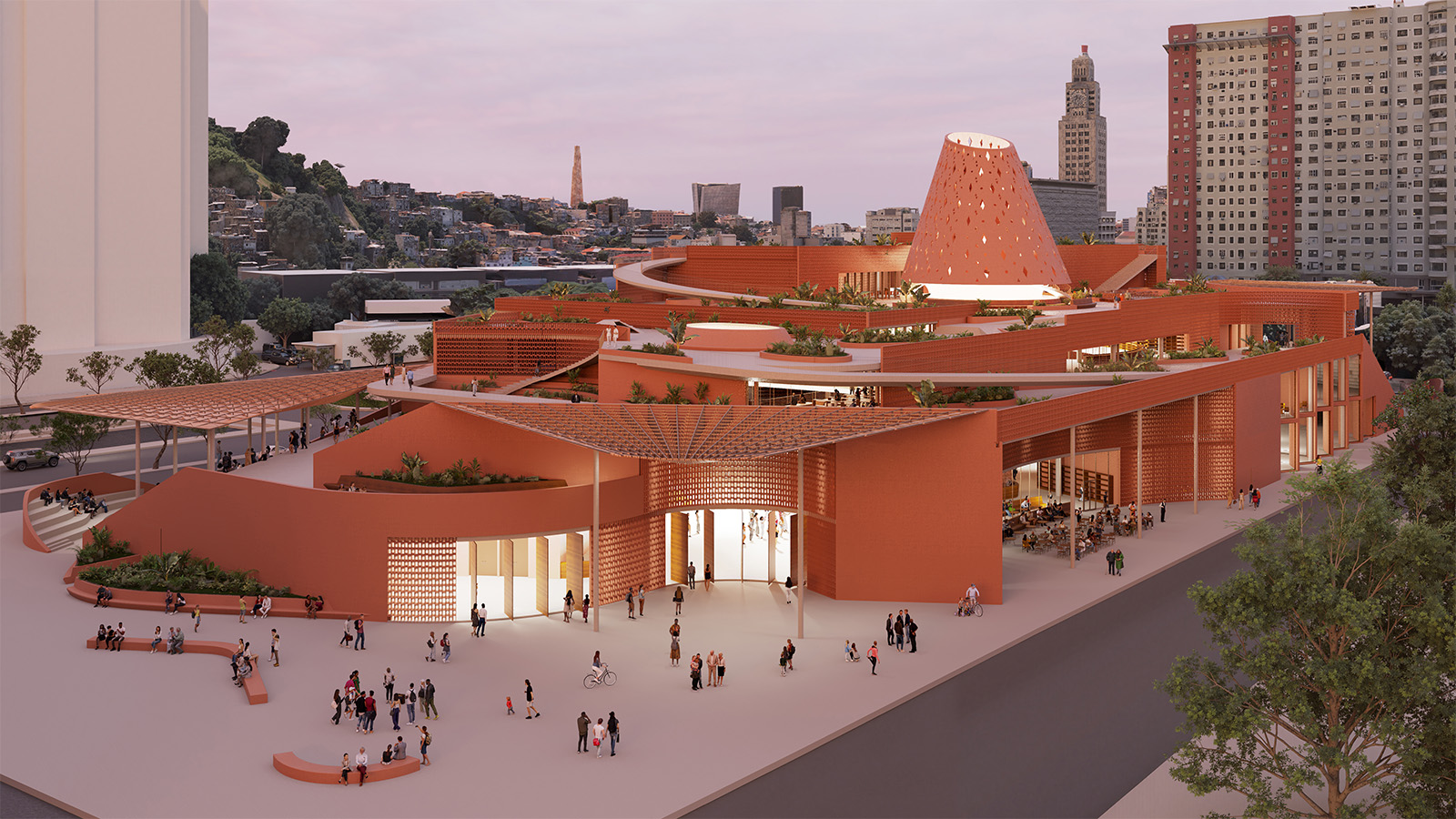 An exclusive look at Francis Kéré’s new library in Rio de Janeiro, the architect’s first project in South America
An exclusive look at Francis Kéré’s new library in Rio de Janeiro, the architect’s first project in South AmericaBiblioteca dos Saberes (The House of Wisdom) by Kéré Architecture is inspired by the 'tree of knowledge', and acts as a meeting point for different communities
-
 A Brasília apartment harnesses the power of optical illusion
A Brasília apartment harnesses the power of optical illusionCoDa Arquitetura’s Moiré apartment in the Brazilian capital uses smart materials to create visual contrast and an artful welcome
-
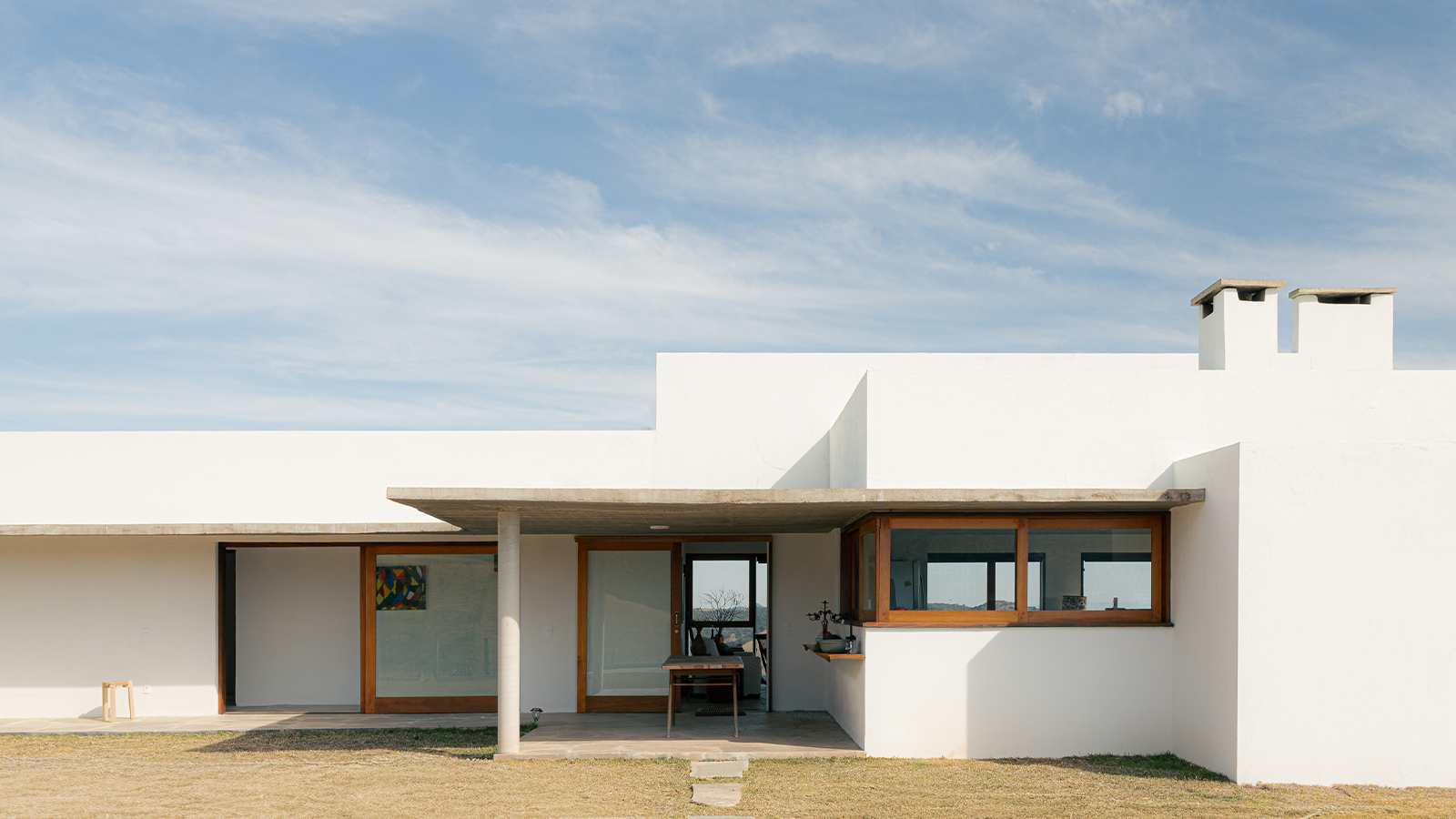 Inspired by farmhouses, a Cunha residence unites cosy charm with contemporary Brazilian living
Inspired by farmhouses, a Cunha residence unites cosy charm with contemporary Brazilian livingWhen designing this home in Cunha, upstate São Paulo, architect Roberto Brotero wanted the structure to become 'part of the mountains, without disappearing into them'
-
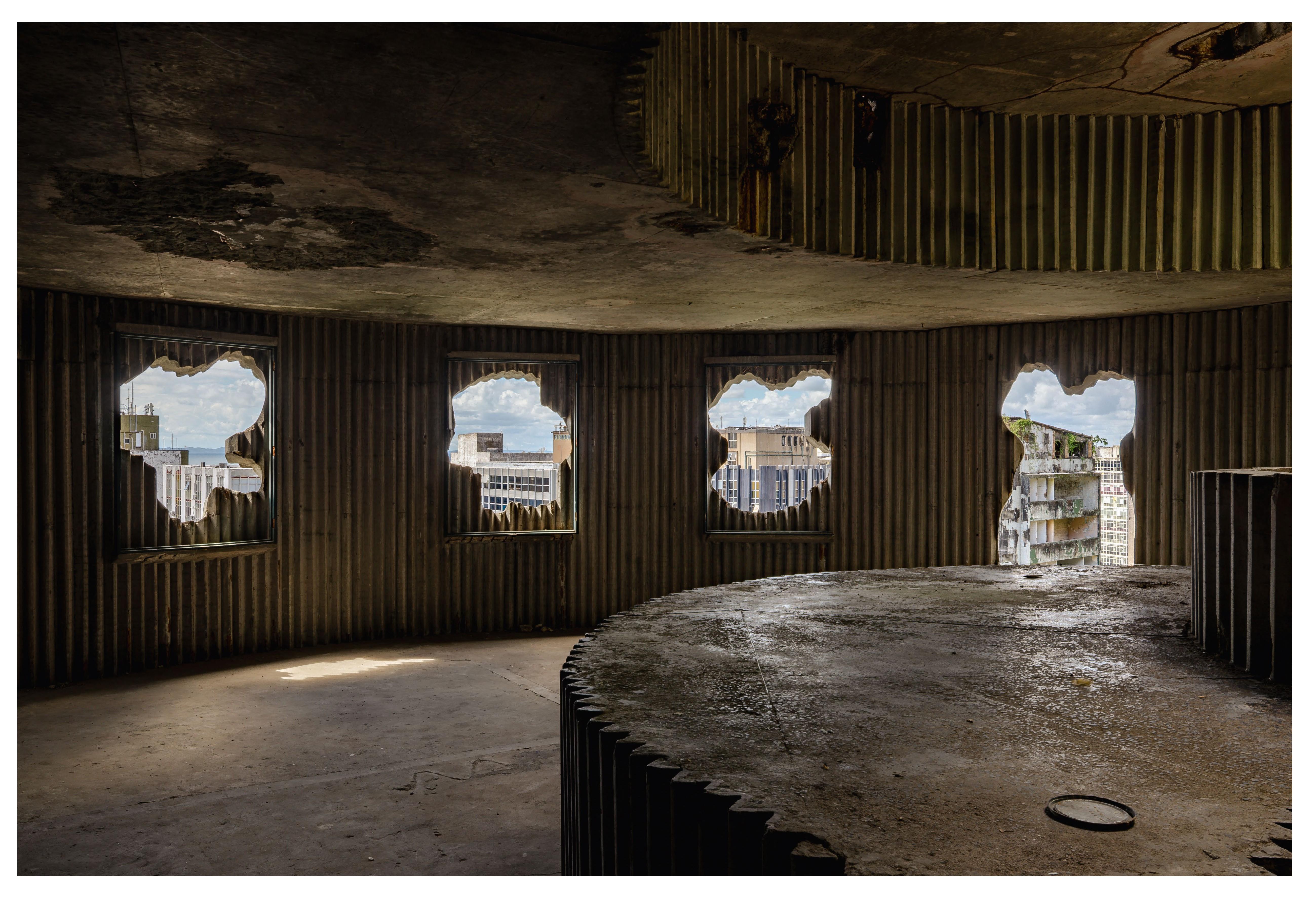 Arts institution Pivô breathes new life into neglected Lina Bo Bardi building in Bahia
Arts institution Pivô breathes new life into neglected Lina Bo Bardi building in BahiaNon-profit cultural institution Pivô is reactivating a Lina Bo Bardi landmark in Salvador da Bahia in a bid to foster artistic dialogue and community engagement
-
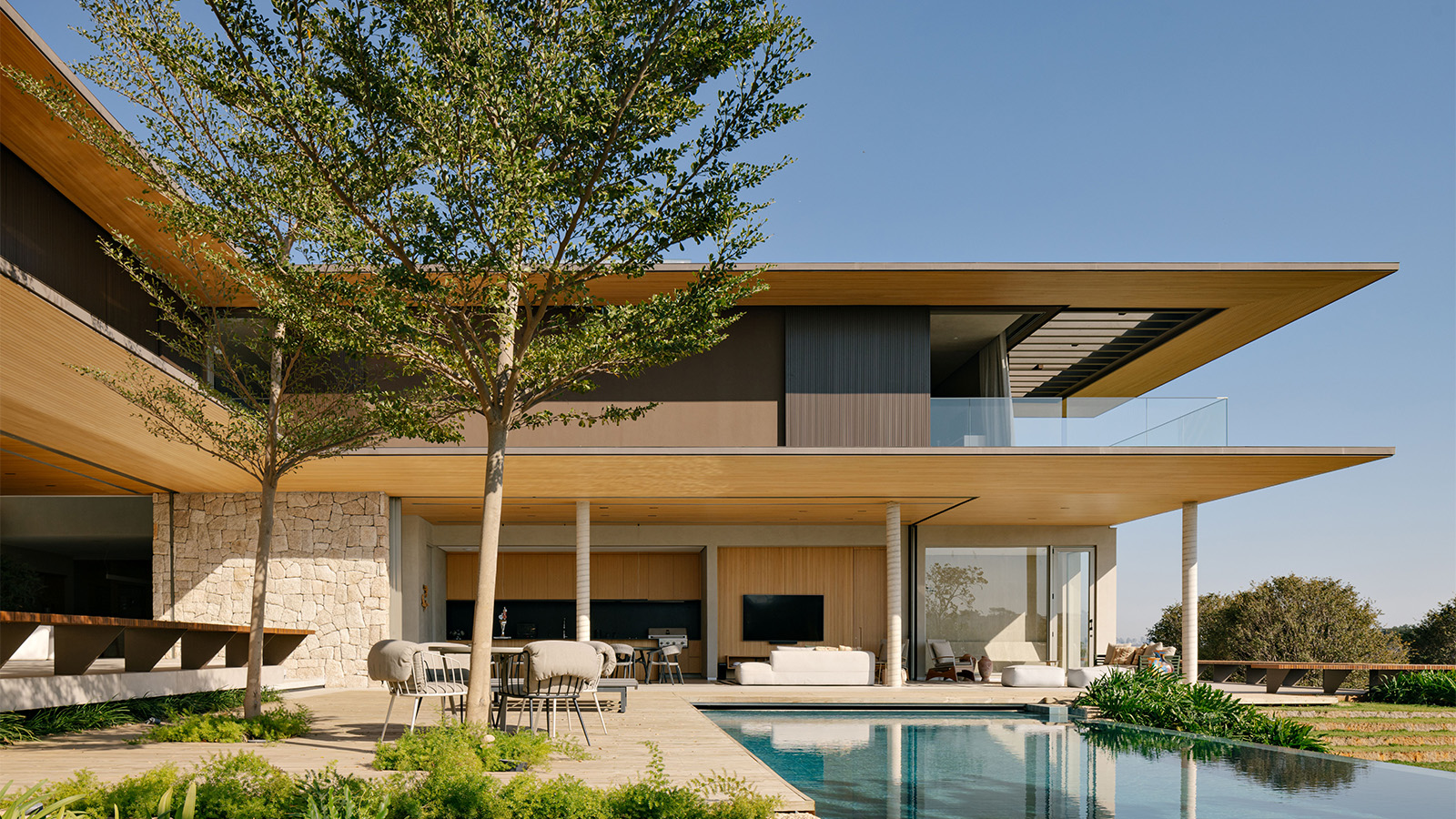 Tropical gardens envelop this contemporary Brazilian home in São Paulo state
Tropical gardens envelop this contemporary Brazilian home in São Paulo stateIn the suburbs of Itupeva, Serena House by architects Padovani acts as a countryside refuge from the rush of city living
-
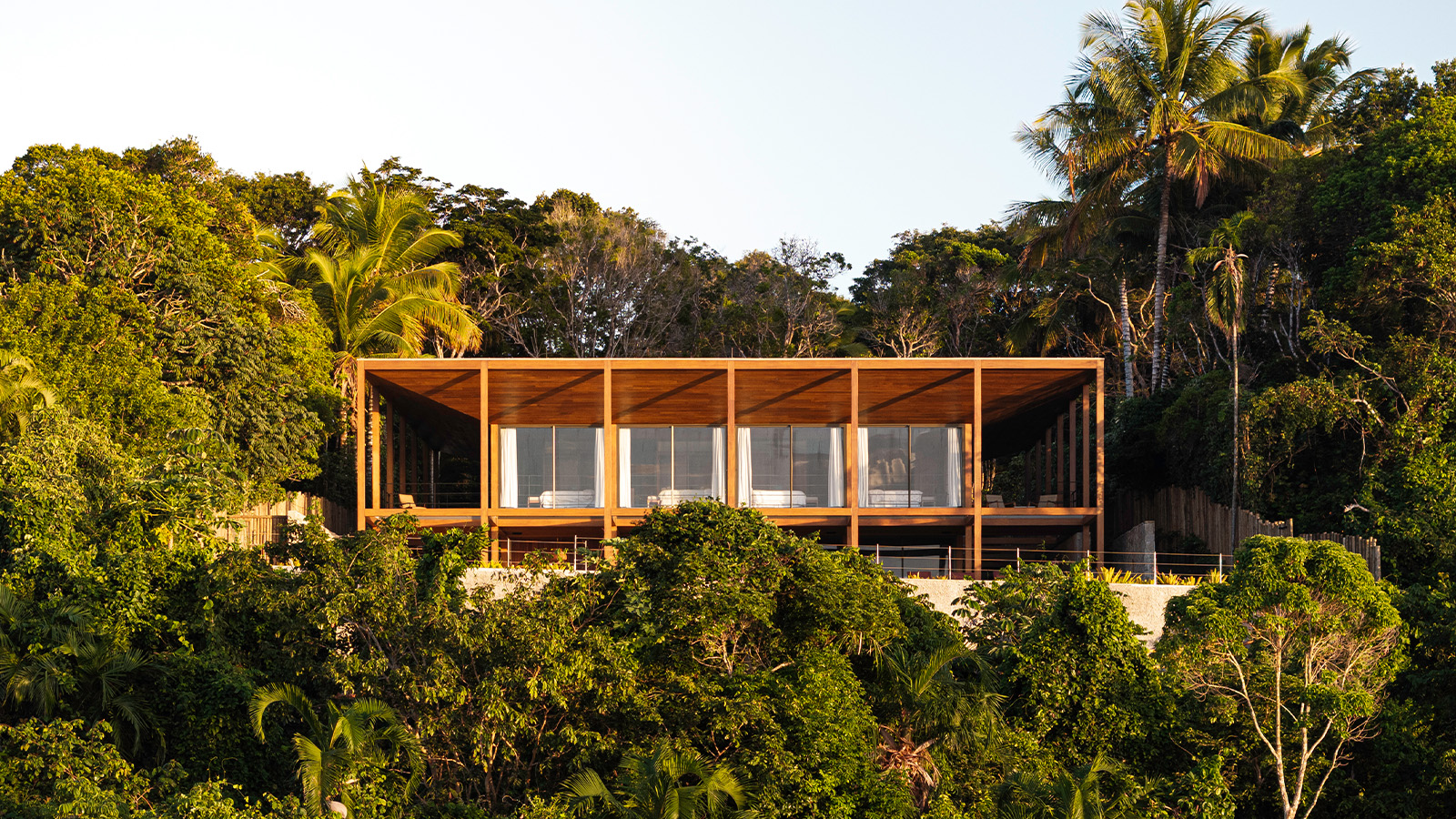 Itapororoca House blends seamlessly with Brazil’s lush coastal landscape
Itapororoca House blends seamlessly with Brazil’s lush coastal landscapeDesigned by Bloco Arquitetos, Itapororoca House is a treetop residence in Bahia, Brazil, offering a large wrap-around veranda to invite nature in
-
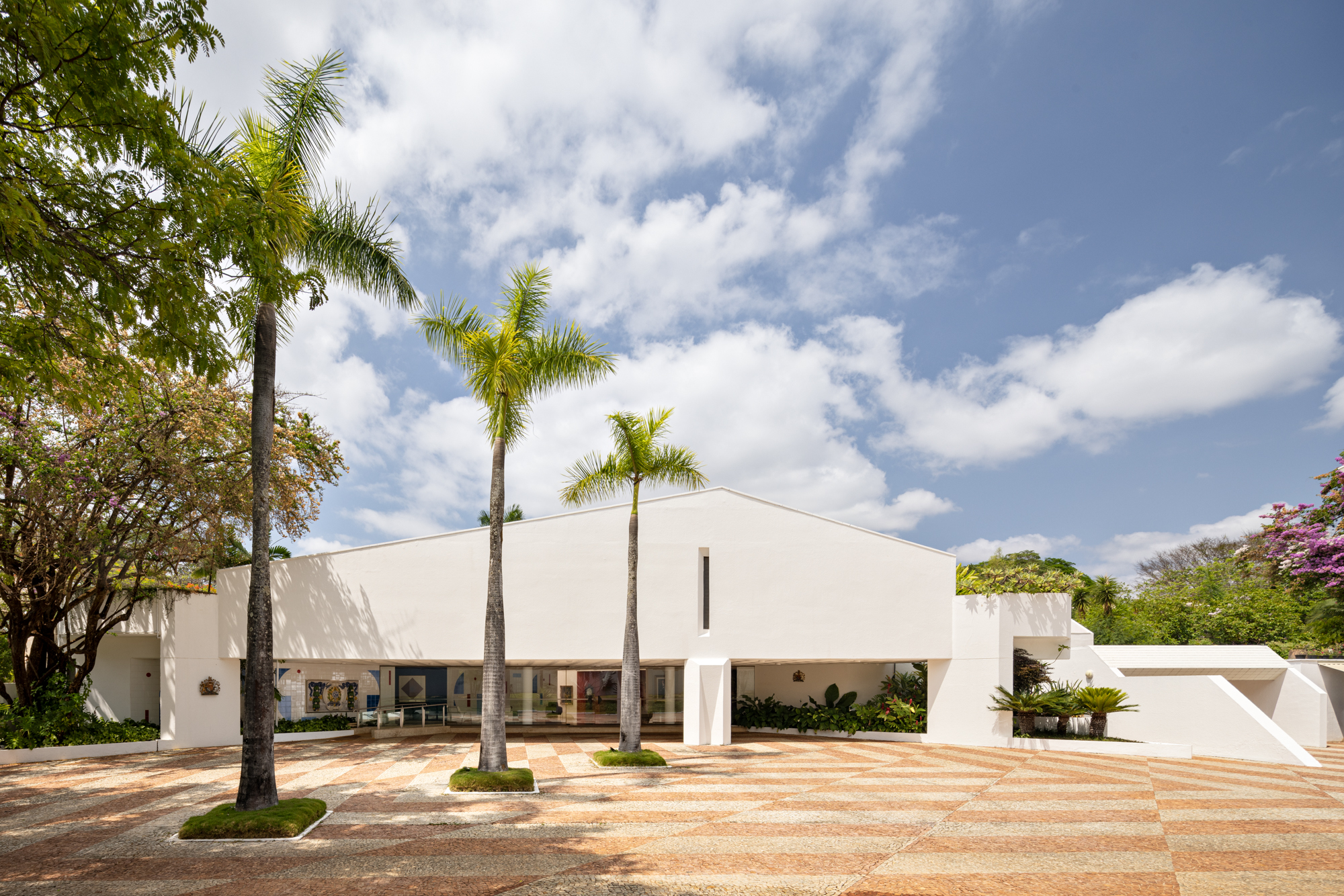 A postmodernist home reborn: we tour the British embassy in Brazil
A postmodernist home reborn: we tour the British embassy in BrazilWe tour the British Embassy in Brazil after its thorough renovation by Hersen Mendes Arquitetura, which breathes new life into a postmodernist structure within the country's famous modernist capital